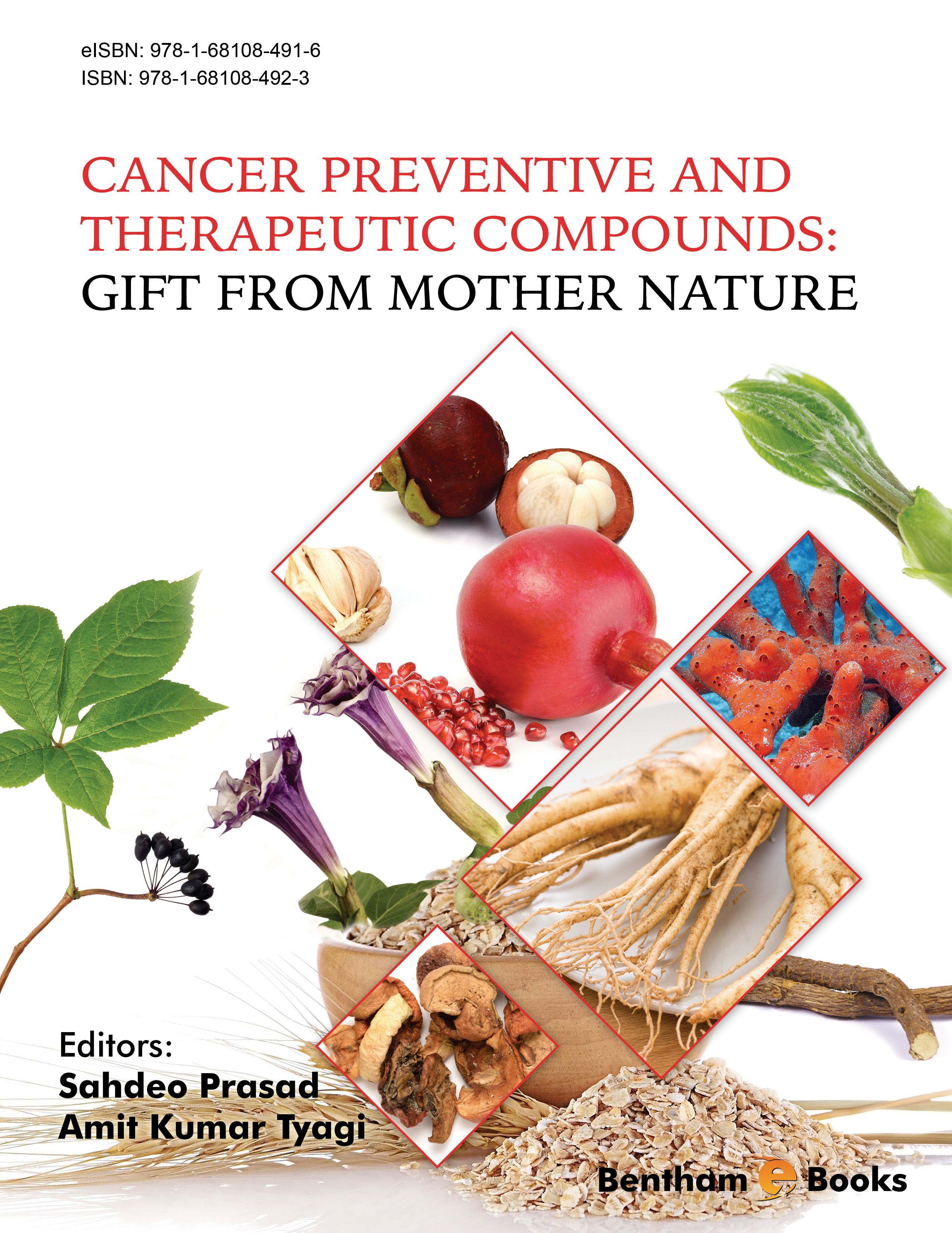Foreword
Among various chronic diseases, cancer is one of the most dreaded diseases throughout the world. Despite dramatic improvements in surgical and reconstructive techniques, the overall mortality rates for cancer remain relatively unchanged. To date, numerous screening and preventive approaches have been directed towards cancer, which clearly reflect a decrease in the morbidity and mortality associated with cancer. The screening measures include physical exam and history, laboratory tests, imaging and genetic tests on timely basis. However, primary prevention of cancer is more important to keep cancer away from developing. This includes maintaining a healthy lifestyle and avoiding exposure to known cancer-causing substances. Thus cancer risk can be reduced with healthy choices like avoiding tobacco, limiting alcohol use, protecting skin from the sun and avoiding indoor tanning, eating a diet rich in fruits and vegetables, keeping a healthy weight, and being physically active.
Lifestyle plays an important role in the prevention of this disease. By adopting a diet consisting primarily of whole grains, fruits and vegetables with limited amounts of meat, primarily chicken or cold-water fish, and doing daily exercise, several risk factors can be avoided. Various methods are available for the treatment of cancers and the selection will depend on the cost, morbidity, requirement of reliable biopsy specimens, resources available, etc. Thus management of cancer by self-care could be a great potential to improve detection and the treatment of cancer; morbidity and mortality also will decrease as a result. The field has broad and wide applications and with every new development reported in leading peer-reviewed journals across the globe, the opportunities only become wider and the hopes brighter.
The editors Dr. Sahdeo Prasad and Dr. Amit Tyagi have done an excellent job of bringing out timely peer-reviewed chapters under the banner
"Cancer Preventive and Therapeutic Compounds: Gift From Mother Nature" with contributors spreading across four different continents. I complement the
authors and appreciate their efforts in bringing out this comprehensive compilation. It is quite impressive to note that the editors have tried to capture such
a wide and dynamic topic in a series of attractive articles highlighting different forms of cancer prevention and treatment research, both existing and newly
emerging technologies in the field, approaches, advantages, thoughts from around the world along with potential future prospects. The simplicity of the language
and presentation style is very much appealing and impressive.
It is my great pleasure to pen down/write the foreword for this prestigious, multi-authored book compilation withpeer-reviewed chapters. This book will be a valuable resource for the scientists and students seeking updated and critical information for their experimental plans. It will be very useful for the clinician to develop clinical trials using natural compounds with or without existing therapeutic drugs. Pharmaceutical companies could design new formulations based on the literature available in this new book. Most importantly, normal population and cancer patients can be benefited by knowing the preventive and therapeutic efficacy of natural compounds. They can use these natural compounds in their routine life. This book could be a major breakthrough worldwide for the readers, particularly the cancer patients.
Anushree Malik, PhD
Associate Professor
Applied Microbiology Lab, CRDT
Indian Institute of Technology Delhi, New Delhi
India 110016

